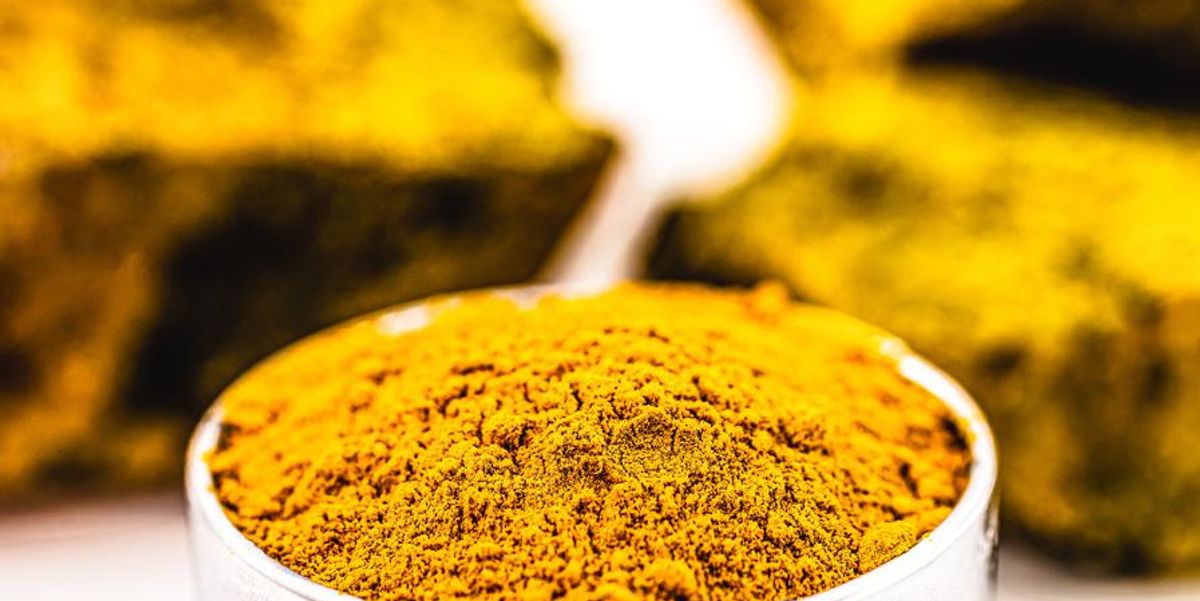Despite sitting on the world’s largest known recoverable resources of uranium — 1.68 million tonnes as of 2021 — nuclear power is banned in Australia, and the country uses no part of this material for its energy needs.
Instead, it sells this valuable commodity, with uranium accounting for one-quarter of the nation’s energy exports.
Read on to learn more about Australia’s role in the uranium industry with a focus on its operating mines and future producers.
What are Australia’s major uranium mines?
Australia was the fourth largest producer of uranium in 2022, producing 4,553 tonnes. It was only beaten by Kazakhstan, Canada and Namibia, whose output came in at 21,227 tonnes, 7,351 tonnes and 5,613 tonnes, respectively.
It’s clear that Australia is a major player on the global uranium stage. But where in the country is the material mined? In recent years, Australian uranium production has centred around three mining complexes — Olympic Dam, Beverley and Four Mile and Ranger — until Ranger ceased operations in 2021.
Read on for a closer at these mines and the companies that own them.
1. Olympic Dam, owned by BHP (ASX:BHP,NYSE:BHP,LSE:BHP)
While Olympic Dam is one of the world’s largest uranium mines by output, the copper mine actually produces both it and gold as by-products. The mine has both underground and surface operations and has a fully integrated processing facility, which means it is capable of extracting, refining and processing mined commodities.
BHP produces a significant amount of uranium, but its production of copper, iron ore, coal and petroleum dwarfs its uranium production by a wide margin. In the calendar year 2022, BHP produced 2,813 tonnes of uranium oxide at Olympic Dam.
2. Beverley-Four Mile, owned by Heathgate Resources
Beverley was Australia’s first in-situ recovery uranium mine and is about 520 kilometres from Adelaide. Owned by Heathgate Resources, a subsidiary of private, US-based company General Atomics, Beverley has been mined out, and production now occurs at the nearby Four Mile mine, which is owned by Heathgate subsidiary Quasar Resources.
In 2022, Four Mile produced 1,740 tonnes of uranium.
What are Australia’s future uranium mines?
Australia accounts for almost one-third of the world’s uranium deposits — 27.53 percent as of 2019 — and there are a slew of future exploration and expansion projects brewing in the country.
With 31 known uranium deposits, including the ones discussed above, the list of potential new mines or mines being brought back online is long. Here are a couple that companies are looking to start up in the near future.
1. Honeymoon
Honeymoon was discovered in the 1970s, and in 2015 Boss Energy (ASX:BOE,OTCQX:BQSSF) bought Uranium One Australia and acquired the mine as part of the deal. The project is permitted to export up to 3.3 million pounds (1,496 tonnes) per annum, which will be extracted through in-situ recovery (ISR).
Construction began in June 2022, and in October 2023, Boss Energy announced a significant milestone with the commencement of mining operations at Honeymoon and the start of pre-conditioning of the well-fields in preparation for uranium extraction. According to a further update in November, pre-flushing of the wells generated production-grade uranium. The first drum of uranium is anticipated to be produced in the first quarter of 2024.
2. Mulga Rock
This polymetallic deposit was first discovered by PNC Exploration in 1979 and is now owned by Deep Yellow (ASX:DYL,OTCQX:DYLLF). The deposit is divided into Mulga Rock East and West, and also hosts scandium, nickel and cobalt.
With approvals from both state and federal governments in 2016 and 2017, respectively, the mine has the ability to produce up to 1,300 tonnes of U3O8 per year. In December 2021, the Western Australian Department of Water and Environment Regulation confirmed that substantial commencement had been achieved, allowing Mulga Rock to continue to the next stage of development.
In addition to uranium, drilling and metallurgical testing at Mulga Rock have shown significant mineralisation of critical metals copper, nickel, cobalt and zinc, as well as multiple rare earths, including neodymium and praseodymium. Deep Yellow is currently working on an updated mineral resource estimate that will take this data into account and will then create an updated definitive feasibility study in 2024.
What’s the outlook for uranium and nuclear power?
After suffering low prices following the 2011 Fukushima nuclear disaster, the uranium market is picking back up, and prices have run in 2023 to reach US$81 per pound as of the beginning of December.
As the world continues to pivot toward net-zero emissions, nuclear energy is expected to find increasing favour from countries looking to shift to cleaner sources of energy generation. According to the US Energy Information Association, nuclear generation is anticipated to grow by more than 15 percent between 2020 and 2050.
A report from the World Nuclear Association states that uranium production will remain stable until the end of the 2020s, and then decrease by nearly half from 2030 to 2040, highlighting the need for increased exploration and production before that drop-off point to avoid future supply disruptions.
According to a recent report by Sprott (TSX:SII,NYSE:SII), the supply of uranium is likely to trail behind demand, with an expected supply shortfall of about 1.5 billion pounds by 2040. This widening gap in supply and demand could lead to increased uranium prices in the coming years.
This is an updated version of an article first published by the Investing News Network in 2021.
Don’t forget to follow us @INN_Australia for real-time updates!
Securities Disclosure: I, Matthew Flood, hold no direct investment interest in any company mentioned in this article.
Image and article originally from investingnews.com. Read the original article here.

